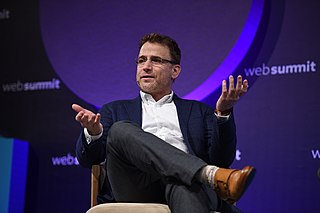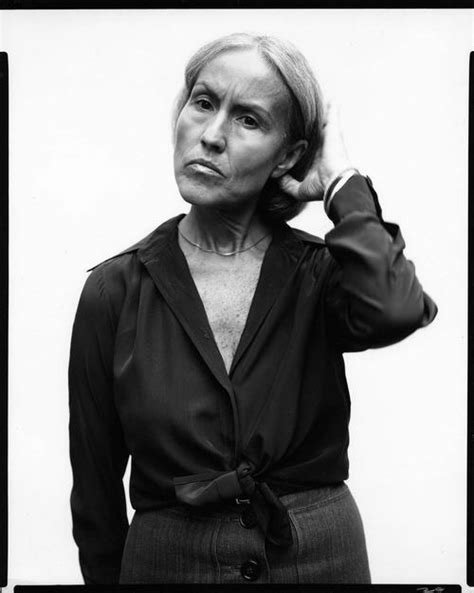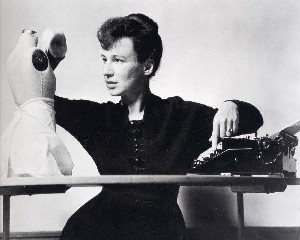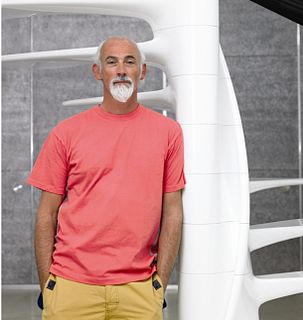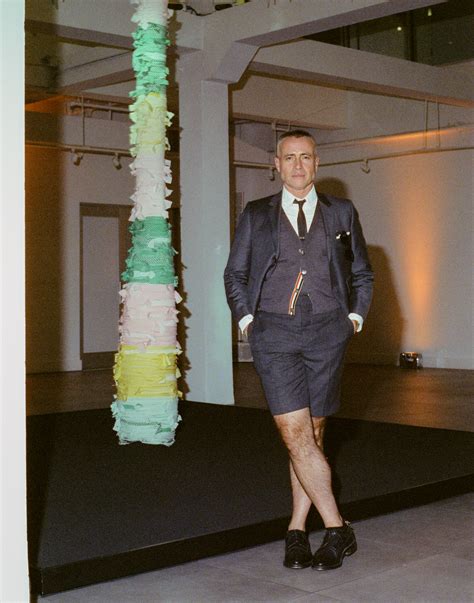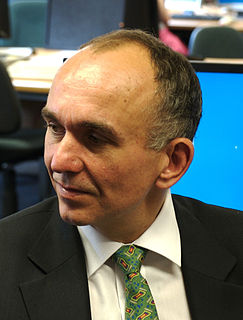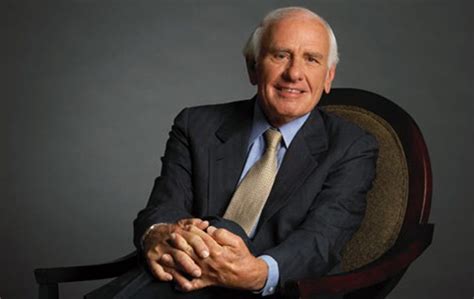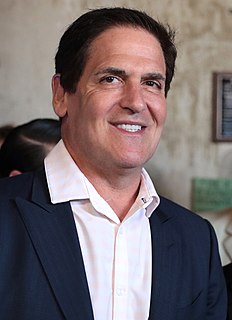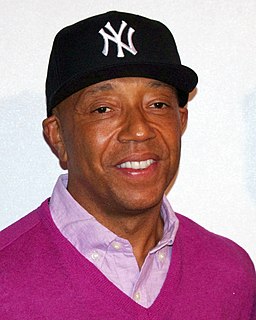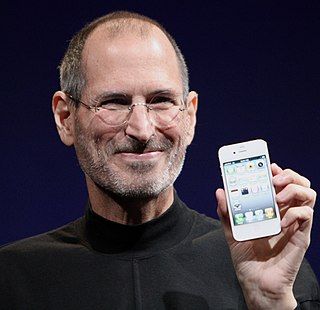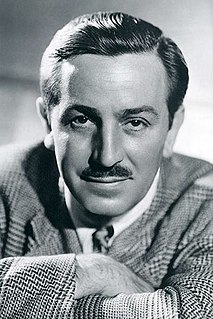A Quote by Stewart Butterfield
I think of myself more as a designer than a serial entrepreneur. As a designer, the easiest way to see that something happens is to start a company and then be the boss, and then people have to do what you say.
Related Quotes
If you've taken the job to be the stylist for a collection, then I think it's important for you to really listen to the designer and look at the board. Look at the wall, look at what the designer is interested in, and then move on to that. But the designer also must not lose sight of the reason for their point of view. Otherwise it won't come across.
[While designing] I'm mixing two lines of thought really: me as a designer for women and then me as a man. At the start of the design process it's the designer for women that comes to the forefront - sketching and revising the silhouette. Then the man comes into the picture - and I look at the shoe from a very masculine point of view. Then there is a conflict between the two sides of me. Sometimes the man wins, and sometimes the designer wins.
If the point of contact between the product and people becomes a point of friction, then the designer has failed. If, on the other hand, people are made safer, more comfortable, more desirous of purchase, more efficient — or just plain happier — by contact with the product, then the designer has succeeded.
I'm an unbelievable designer. I don't know how I know and just do these things. I just start sketching and then I just know the colors and I always know the forecast. I know green and purple are going to be hot. I was born to be a designer. I worked hard to be a tennis player, I don't work hard to be a designer.
The products we design are going to be ridden in, sat upon, looked at, talked into, activated, operated, or in some way used by people individually or en masse. If the point of contact between the product and the people becomes a point of friction, then the industrial designer has failed. If, on the other hand, people are made safer, more comfortable, more eager to purchase, more efficient-or just plain happier-the industrial designer has succeeded.
Some designers are so airy-fairy people can't connect with them. I hope people can relate to me, to a normal person who just happens to be a fashion designer, that people can take me as they find me. It's not the designer's job to care about what people think. Whatever else I've done, I've never tried to be something that I'm not.
How a designer gets from thought to thing is, at least in broad strokes, straightforward: (1) A designer conceives a purpose. (2) To accomplish that purpose, the designer forms a plan. (3) To execute the plan, the designer specifies building materials and assembly instructions. (4) Finally, the designer or some surrogate applies the assembly instructions to the building materials. What emerges is a designed object, and the designer is successful to the degree that the object fulfills the designer's purpose.
I started designing book jackets, which was great because I was good at it. And then from there I decided to become a freelance graphic designer and I needed to expand beyond book jackets, so I taught myself web design, and then in 1999 some friends of mine decided to start a company called Xanga.com, which was a very early kind of social network slash blogging community.
As a designer, I'm supposed to be provoking people's reactions, and getting people to see things differently. I think more of us should be doing this. Because yeah, maybe guys are not gonna want to wear my stuff, but they'll think that they can maybe wear something a little bit more than what they've been wearing. That's the only way things move forward.
